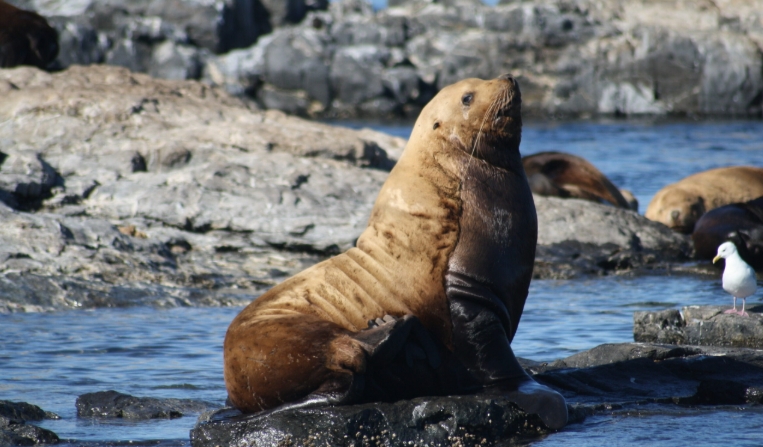Exploring the Largest Sea in the World: The Philippine Sea
The Philippine Sea, the largest sea in the world by surface area, is not just a vast expanse of water. It plays a crucial role in global weather patterns, marine biodiversity, and economic activities in surrounding nations. Understanding its significance can help us appreciate the intricate balance of marine ecosystems and the importance of protecting them.
The Extent and Features of the Philippine Sea
Covering approximately 5 million square kilometers, the Philippine Sea is bordered by several countries, including the Philippines, Taiwan, and Japan. It is renowned for its deep trenches, such as the Mariana Trench, which is the deepest oceanic trench in the world. The sea is a bastion of biodiversity, home to numerous species of fish, marine mammals, and coral reefs, which contribute to its rich ecosystems. Its warm waters make it a popular destination for tourists and divers, showcasing stunning underwater landscapes and thriving marine life.
Cultural and Economic Significance
The Philippine Sea holds immense cultural and economic importance for the nations surrounding it. The fishing industry thrives in its waters, providing livelihoods for millions of people. Additionally, shipping routes cross this sea, facilitating international trade and commerce. The sea is also significant for its cultural heritage, as many indigenous communities depend on its resources for their traditional practices and way of life. Protecting the health of the Philippine Sea is essential to sustaining these cultural connections.
Environmental Challenges and Conservation Efforts
Despite its vastness, the Philippine Sea faces numerous environmental challenges, including overfishing, pollution, and climate change. These issues threaten not only marine life but also the livelihoods of those who depend on the sea for their daily sustenance. Conservation efforts are underway to address these challenges, with regional collaborations aimed at establishing marine protected areas and sustainable fishing practices. Raising awareness about the importance of this unique ecosystem is crucial for ensuring its preservation for future generations.
Conclusion
The Philippine Sea is more than just a body of water; it represents a vital ecosystem that impacts countless lives and our planet’s health. By learning more about this remarkable sea and supporting conservation initiatives, we can help protect its rich biodiversity and cultural heritage. Dive deeper into the wonders of the Philippine Sea and explore how you can contribute to its preservation!

